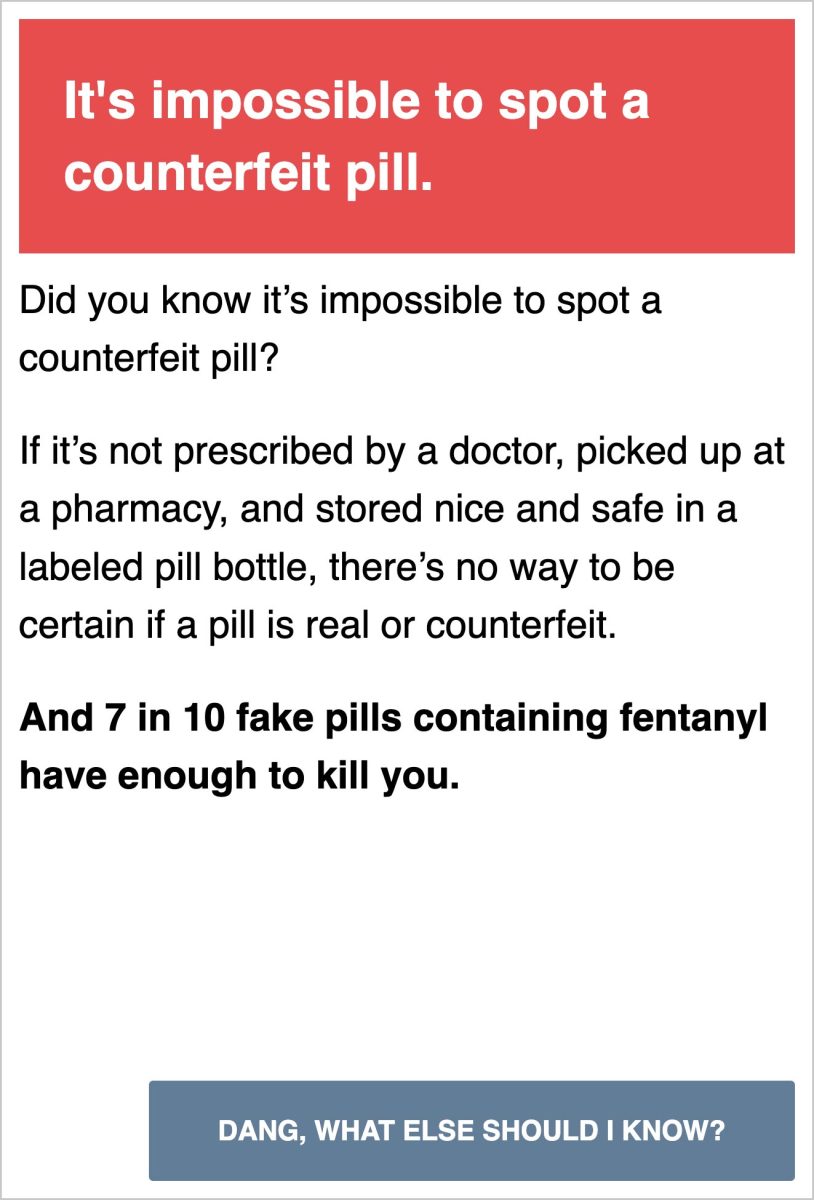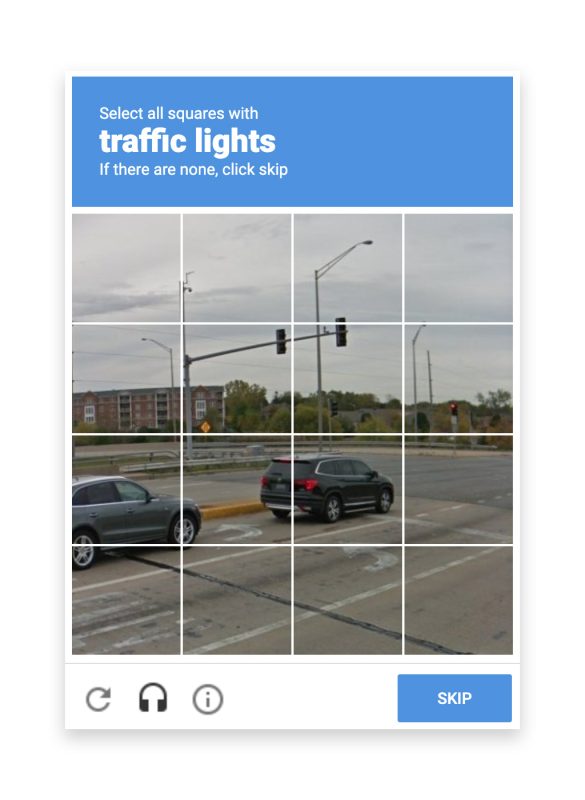How we used everyone’s least favorite pop quiz to demonstrate that it’s impossible to spot a fake pill (even for humans).
Most Idahoans are unaware of the prevalence of fentanyl in counterfeit prescription pills. It’s everywhere. One in five fake prescription pills contains fentanyl. And 70% of those pills have enough fentanyl to kill the average adult. The real kicker—it’s literally impossible to distinguish a real pill from a fake one unless you’re 100% certain of its source.
In 2022, 49% of overdose deaths in Idaho involved fentanyl. And often, it was caused by something as simple as a counterfeit pill. It may be an Adderall their friend gave them to push through finals week or a Xanax someone brought to the party. One decision can quickly bring you face-to-face with the most deadly opioid on the planet. If more people knew the prevalence of fake pills and the truth that many have a deadly dose of fentanyl, fewer people would die.
As part of our work with the Idaho Office of Drug Policy and the Idaho Governor’s Office, we set out to show Idahoans how easy it is to get faked out by a fake pill and how deadly it could be. To do this, we hired real influencers to create content showcasing the dangerous ways in which our audience can be misinformed about fake pills.

Fake Interaction, Real Engagement
We didn’t stop at influencers. The impact of the campaign concept led us to seek other opportunities to fake people out in a way that gets the point about fake pills to stick—specifically, using everyone’s favorite test of human intellect and ability—the reCAPTCHA. Surely, if one can distinguish between street lamps and trees or crosswalks and bus lanes, one can differentiate between a real pill and a fake one.
The idea was simple: We created our own fake reCAPTCHA and placed it between an ad click and the fentanyltakesall.org website. This type of disruption in the user journey has become expected. With the rise in bots and scammers, everyone has been asked to prove their humanness at some point or another.
Our reCAPTCHA was a little different and entirely impossible to solve. It used the same image-based challenge people are used to, but instead of street lamps and crosswalks, we asked people to distinguish between real and fake pills. Of course, being unable to do so, no matter which pills users chose, they saw the same message—that spotting fake pills is impossible.

Results
Putting an interstitial between the ad and the content was a risk. Ad clicks are difficult enough to get, and impeding the people we do get to click could cause frustration or cause them to simply navigate away. It didn’t. When compared against visitors who didn’t see the reCAPTCHA in an A/B test, the impact was clear:
Delivering Compelling Messages on Sensitive Topics
Advertising has the power to connect with people on an emotional level and drive change in meaningful ways. In a…

Our Creative Advertising Services
-
Corporate Positioning, Brand Evolution & Strategy
Mission/Vision Development, Strategic Counsel For Marketing/Branding Challenges
-
Market Research
Quantitative, Qualitative, Ethnography, Consumer and/or Internal Stakeholder Insights
-
Creative Campaigns
Brand Campaigns, Product Launches, Full Funnel Marketing Efforts
-
Brand Design
Brand Guides, Style Guides, Branding Elements, Logos
-
Web Development and Digital Applications
Open-Source Platforms, Enterprise WordPress, eCommerce, AR, Emerging Technology
-
Media Strategy, Planning & Buying
Media Planning, Media Plan Development, Media Buying, MMM, Online and Offline
-
MarTech
AI, Responsible Consumer Data Management, Ad Ops, Marketing Software
-
Analytics
Dashboards, Insights, Business Metrics Evaluation, ROI Reporting, Data Warehousing
-
Content Creation
Videography, Photography, Short-Form Video, Organic Social Content
-
Findability™
SEM, SEO, GEO (AI Generative Experience Optimization), Voice Search
